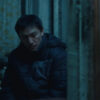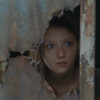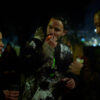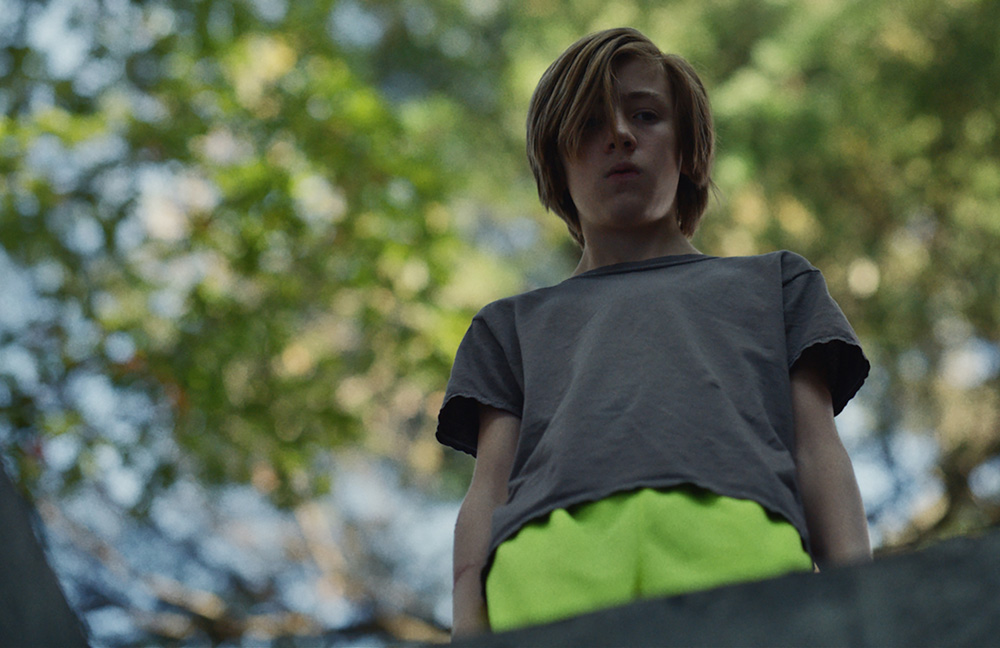Of the many messed up scenes offered up in “John and the Hole,” one of the most unsettling may be its most seemingly benign. John (Charlie Shotwell), not yet a teen has been tormenting his older sister Laurie (Taissa Farmiga) by bouncing a tennis ball off the ceiling of their house, the echo making it impossible to read. She finds a thoughtful way to resolve the situation by catching the ball in mid-air before kissing him on the forehead, and he resumes tossing the ball up only as far as it’ll go without making a sound, a chilling acknowledgement that he has control over his impulses and simply chooses not to use them.
“John and the Hole” is deeply cynical but also incredibly terrifying once its prepubescent lead affords himself freedom by essentially imprisoning his family in an unfinished underground bunker he found while tooling around in the forest that sits behind their house, and guided by a limited imagination, he finds the limits to his power, both a little underwhelming to him and frightening for any observers. There may be some suggestion early on he was bound to become a monster, with parents Anna (Jennifer Ehle) and Brad (Michael C. Hall) too preoccupied in their own affairs to be truly engaged with him, but that’s only part of the issue as he asks plenty of questions but frequently gets unsatisfactory answers, if any at all in return, leaving him to fill the void with whatever makes the most sense within his reach, usually something of blunt effect.
It isn’t only John who has a mind for mischief, with Sisto and writer Nicolás Giacobone push the limits of their premise to the extreme, often filming at an icy remove, bringing the film firmly into the realm of the sociopathic “boys will be boys” genre that Michael Haneke and Yorgos Lanthimos have dabbled in with “Funny Games” and “The Killing of a Sacred Deer,” respectively, and introducing a meta-commentary into the film with a mother-daughter story told in parallel that veers into the absurd. The unpredictable touches are what keep “John and the Hole” intriguing and though John is prone to staring, the film largely evades any creepy kid cliches, instead showing a genuine and impressive interest in how a desire for attention and to be understood drives him – taking things even further in showing how John’s parents, reduced to their most primal state, are still in search of the same things.
Although the film is highly stylized, the humanity breaks through via the talented ensemble that Sisto has brought together for his feature debut and the keen editing of Sara Shaw, whose patience that was such an asset to “The Miseducation of Cameron Post” and “The Climb” in finding the small, slightly awkward personal moments is used to both endearing and eerie effect here. Of course, “John and the Hole” is scariest when it’s at its most relatable and as it explores the truly ugly prospect that our worst thoughts may also be what come most naturally to act on, followed closely by our ability to compartmentalize them, it reveals depths more harrowing than the one John’s family finds themselves in.
“John and the Hole” will screen once more at the Sundance Film Festival for a 48-hour window starting on January 30th at 4 am MT.




